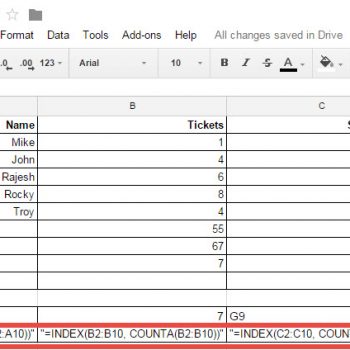This blog post will discuss 15 best practices for improving database performance. I have listed 14 best practices below. Read through them and let me know what you think should be the 15th best practice.

- Store only relevant and necessary data in the database
Avoid storing data in application structures or arrays when it belongs in the database. - Use normalized tables
Normalize your database to eliminate redundancy and maintain data integrity. Smaller, related tables are often better than one large table. - Create lookup tables for enumerated fields
For enumerated fields, use lookup tables to enforce consistency and maintain database integrity. - Use small and efficient primary keys
Choose short primary keys, such as integers or small character fields, to optimize performance. - Store image paths or URLs instead of images
Save image paths or URLs in the database and store the images in file storage to reduce overhead. - Select appropriate data types
Use precise data types for fields, such asDATETIMEfor date fields instead ofVARCHAR(20). - **Avoid SELECT ***
Specify column names inSELECTstatements to improve performance and readability. - Use LIKE clauses sparingly
When an exact match is required, use the=operator instead ofLIKEfor better efficiency. - Write SQL keywords in uppercase
Using uppercase for keywords such asSELECT,WHERE, andJOINenhances code readability. - Prefer JOINs over subqueries
UseJOINinstead of subqueries or nested queries for improved performance and clarity. - Utilize stored procedures
Stored procedures improve execution speed, simplify maintenance, and enhance security. - Comment and document your code
Add comments to your SQL scripts for clarity and as a guide for future developers. Proper application documentation is equally important. - Use proper indexing
Create and maintain indexes to improve query performance, keeping in mind the trade-off with write operations. - Test all changes thoroughly
Test any database programming or administrative changes in a non-production environment before deployment. - Monitor and optimize query performance
Use tools like SQL Server Profiler or Query Store to identify and optimize slow-performing queries. Regularly review execution plans to ensure efficient operations.
These practices will help you design, maintain, and optimize databases and for database performance and long-term reliability. Let me know your thoughts or if you have additional tips to share!
Reference: Pinal Dave (https://darkslategrey-bat-805937.hostingersite.com)





